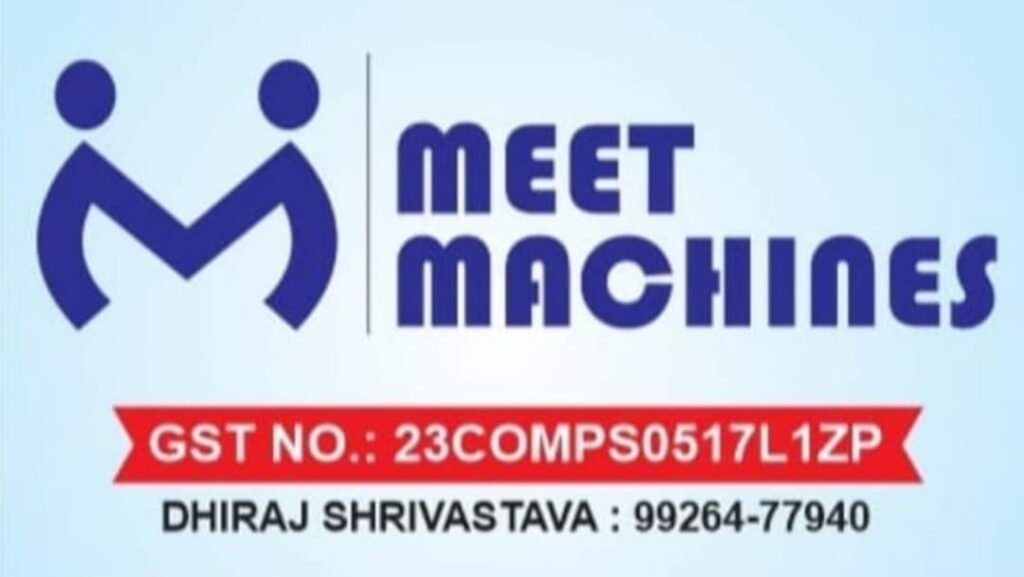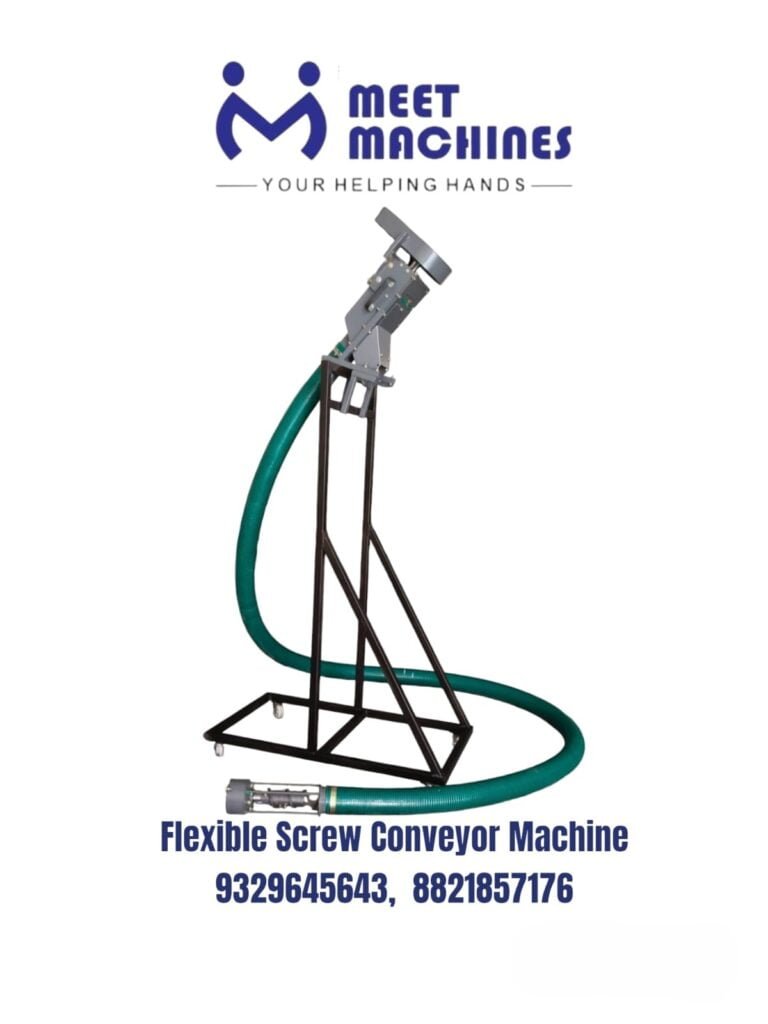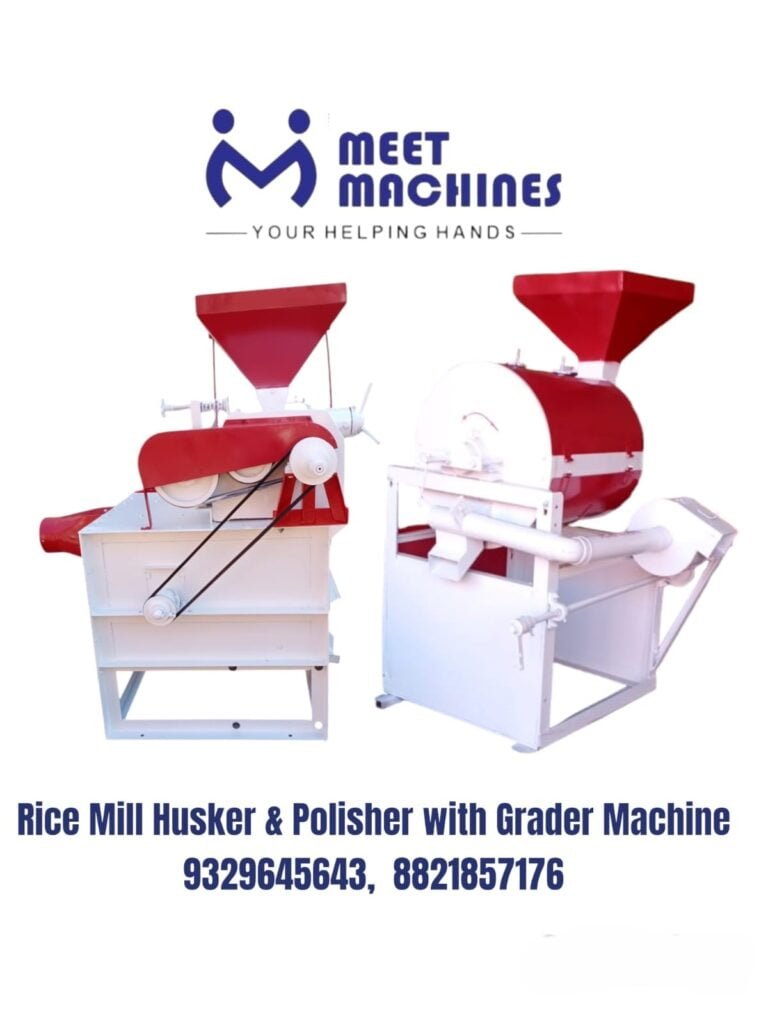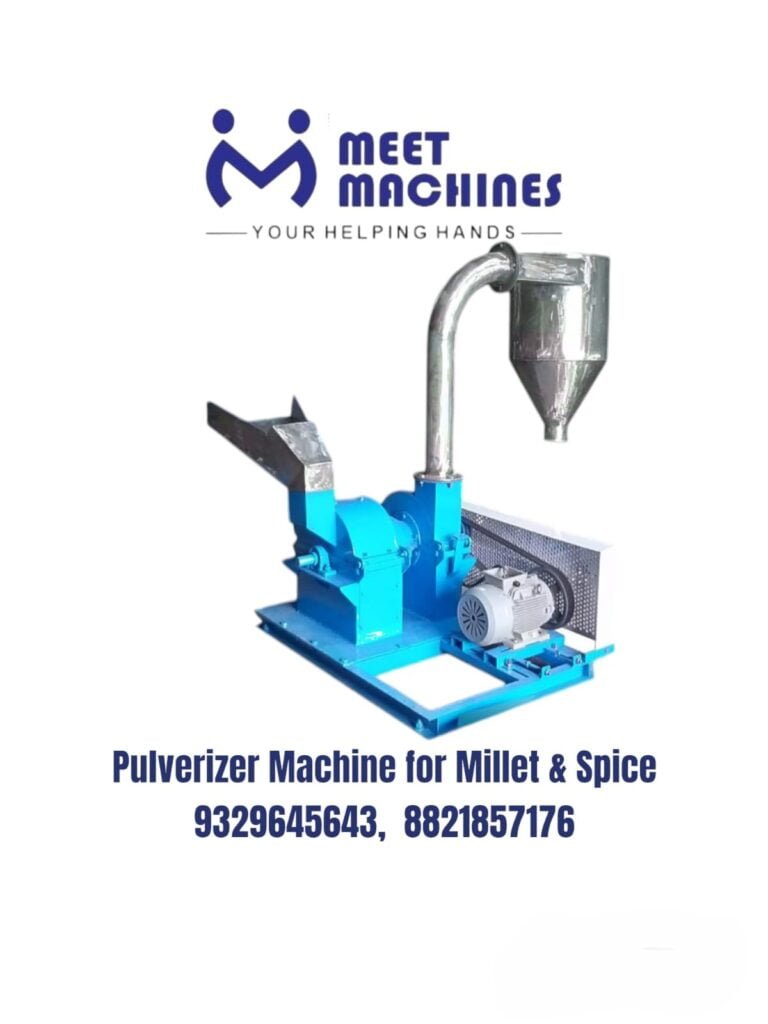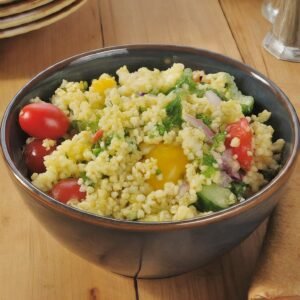 Vertical bucket elevators are integral components in various industries, including agriculture, food processing, mining, and manufacturing. These machines are designed to vertically transport bulk materials efficiently and reliably. This comprehensive overview explores the importance, working principles, types, benefits, applications, maintenance, and future trends of vertical bucket elevators.
Vertical bucket elevators are integral components in various industries, including agriculture, food processing, mining, and manufacturing. These machines are designed to vertically transport bulk materials efficiently and reliably. This comprehensive overview explores the importance, working principles, types, benefits, applications, maintenance, and future trends of vertical bucket elevators.
Importance of Vertical Bucket Elevators
Vertical bucket elevators are crucial for several reasons:
- Efficient Material Handling: They facilitate the vertical transport of bulk materials, enhancing operational efficiency.
- Space Saving: Vertical design minimizes the footprint, making it suitable for facilities with limited space.
- Versatility: Capable of handling various materials, from grains to minerals.
- Reliability: Designed for continuous operation, ensuring consistent performance.
Working Principles
Vertical bucket elevators operate on a simple yet effective principle of continuous lifting of materials using a series of buckets attached to a belt or chain. Here’s a detailed explanation:
- Feeding:
- Material is fed into the elevator at the base through a hopper.
- Lifting:
- Buckets attached to a moving belt or chain scoop up the material.
- The belt or chain moves vertically, carrying the filled buckets upward.
- Discharge:
- As the buckets reach the top, they invert or pass over a pulley, discharging the material into a chute or another conveyor system.
- Return:
- The empty buckets return to the base to repeat the process.
Types of Vertical Bucket Elevators
There are various types of vertical bucket elevators, each designed to handle specific materials and operational requirements. Common types include:
- Centrifugal Discharge Elevators:
- Suitable for free-flowing materials.
- Buckets are spaced apart and discharge material by centrifugal force as they pass over the head pulley.
- Continuous Discharge Elevators:
- Ideal for fragile or sticky materials.
- Buckets are closely spaced, and material is discharged by gravity as the buckets pass over the head pulley.
- Positive Discharge Elevators:
- Designed for handling difficult materials that require positive discharge.
- Buckets are tipped at the top to ensure complete material discharge.
- High-Capacity Elevators:
- Built for large-scale operations.
- Equipped with larger buckets and more robust construction to handle high volumes of material.
Detailed Description of Key Types
Centrifugal Discharge Elevators
Centrifugal discharge elevators are widely used for handling free-flowing materials such as grains, seeds, and pellets. They are known for their simplicity and efficiency.
Working Principle:
- Material is fed into the elevator at the base.
- Buckets scoop up the material and carry it upward.
- At the top, the buckets pass over a high-speed pulley, and centrifugal force flings the material out of the buckets into a discharge chute.
Benefits:
- Efficient for high-speed operations.
- Suitable for free-flowing materials.
- Relatively low maintenance.
Continuous Discharge Elevators
Continuous discharge elevators are designed for materials that are sticky, fragile, or prone to clumping. These elevators ensure gentle handling to prevent material degradation.
Working Principle:
- Material is fed into the elevator and continuously scooped by closely spaced buckets.
- As the buckets pass over the top pulley, the material is discharged by gravity.
- The continuous operation ensures smooth and gentle handling of materials.
Benefits:
- Gentle handling of fragile materials.
- Suitable for sticky or cohesive materials.
- Reduced material degradation and dust generation.
Positive Discharge Elevators
Positive discharge elevators are used for materials that require a positive discharge mechanism to ensure the complete emptying of buckets.
Working Principle:
- Buckets are filled with material at the base.
- As the buckets reach the top, they are mechanically tipped to ensure complete discharge of the material.
- This positive action ensures no material remains in the buckets.
Benefits:
- Ensures complete discharge of difficult materials.
- Reduces material carryover.
- Suitable for a wide range of materials.
High-Capacity Elevators
High-capacity elevators are designed for large-scale operations that require handling large volumes of material efficiently.
Working Principle:
- Equipped with larger buckets and more robust construction.
- Capable of handling high volumes of material with efficiency.
- Typically used in industries such as mining, cement, and large-scale agriculture.
Benefits:
- Handles large volumes of material.
- Robust construction for heavy-duty operations.
- High efficiency and reliability.
Benefits of Vertical Bucket Elevators
Economic Benefits
- Increased Operational Efficiency: Enhances the speed and efficiency of material handling processes.
- Reduced Labor Costs: Automation reduces the need for manual labor, lowering operational costs.
- Lower Maintenance Costs: Durable construction and reliable operation minimize maintenance expenses.
Quality Benefits
- Improved Product Quality: Gentle handling ensures minimal damage to fragile materials.
- Consistent Performance: Reliable operation ensures consistent material handling and processing.
- Reduced Contamination: Enclosed design reduces the risk of contamination and dust generation.
Operational Benefits
- Space Saving: Vertical design minimizes the footprint, making them ideal for facilities with limited space.
- Versatility: Capable of handling a wide range of materials, from grains to minerals.
- High Throughput: Efficiently handles large volumes of material, making them suitable for large-scale operations.
Applications of Vertical Bucket Elevators
- Agriculture: Used for handling grains, seeds, and other agricultural products.
- Food Processing: Essential for transporting food products such as flour, sugar, and rice.
- Mining: Used for transporting minerals and ores in mining operations.
- Cement Industry: Essential for handling raw materials and finished products in cement manufacturing.
- Chemical Industry: Used for transporting chemicals and raw materials.
- Feed Industry: Used for transporting animal feed and ingredients.
Maintenance and Operation
Maintenance Tips
- Regular Inspection: Conduct regular inspections to check for wear and tear and ensure all components are in good condition.
- Lubrication: Regularly lubricate moving parts to ensure smooth operation.
- Tension Adjustment: Ensure that the belt or chain tension is properly adjusted to prevent slippage and ensure efficient operation.
- Cleaning: Keep the machine clean to prevent the buildup of material and ensure efficient operation.
Operational Guidelines
- Training: Operators should be properly trained to use the machine efficiently and safely.
- Safety: Follow safety guidelines to prevent accidents and injuries.
- Load Management: Avoid overloading the machine to prevent damage and ensure optimal performance.
- Record Keeping: Maintain records of maintenance and operations to track performance and identify any issues.
Future Trends and Innovations
The vertical bucket elevator industry is continuously evolving with advancements in technology. Some future trends and innovations include:
- Automation: Increasing automation to enhance efficiency and reduce labor costs.
- Smart Monitoring: Integrating sensors and IoT technology for real-time monitoring and predictive maintenance.
- Sustainability: Developing eco-friendly machines that use less energy and produce minimal waste.
- Modular Design: Creating modular systems that are easy to install, maintain, and expand as needed.
- Advanced Materials: Using advanced materials for construction to improve durability and reduce maintenance needs.
Detailed Sections on Specific Aspects
Safety Features in Vertical Bucket Elevators
Safety is paramount in the operation of vertical bucket elevators. Modern elevators have several safety features to prevent accidents and ensure smooth operation. These include:
- Emergency Stop Mechanisms: Allows operators to halt the machine in case of an emergency quickly.
- Overload Protection: Prevents the machine from operating under excessive load conditions, protecting both the machine and the operators.
- Safety Guards: Enclosed guards prevent accidental contact with moving parts.
- Automatic Tension Adjusters: Ensures the belt or chain maintains the correct tension, reducing the risk of slippage and potential accidents.
- Dust Control Systems: Minimizes dust generation, improving the working environment and reducing the risk of explosions in dusty environments.
Environmental Considerations
Environmental concerns are becoming increasingly important in the design and operation of vertical bucket elevators. Efforts to make these machines more environmentally friendly include:
- Energy Efficiency: Designing machines that consume less power while maintaining high efficiency.
- Noise Reduction: Implementing designs and materials that reduce operational noise.
- Dust Control: Using advanced dust control systems to minimize emissions and improve air quality.
- Recyclable Materials: Using materials that are recyclable and have a lower environmental impact.
- Waste Minimization: Designing systems to reduce waste during the manufacturing and operational phases.
Conclusion
Vertical bucket elevators are indispensable tools in various industries, including agriculture, food processing, mining, and manufacturing. They offer numerous benefits, including efficient material handling, space-saving design, versatility, and reliability. Proper maintenance and operation are essential to maximize their benefits and ensure consistent performance. With advancements in technology, these machines are becoming more efficient, environmentally friendly, and integrated with smart monitoring systems. The future of vertical bucket elevators looks promising, with ongoing innovations aimed at improving efficiency, sustainability, and safety.


